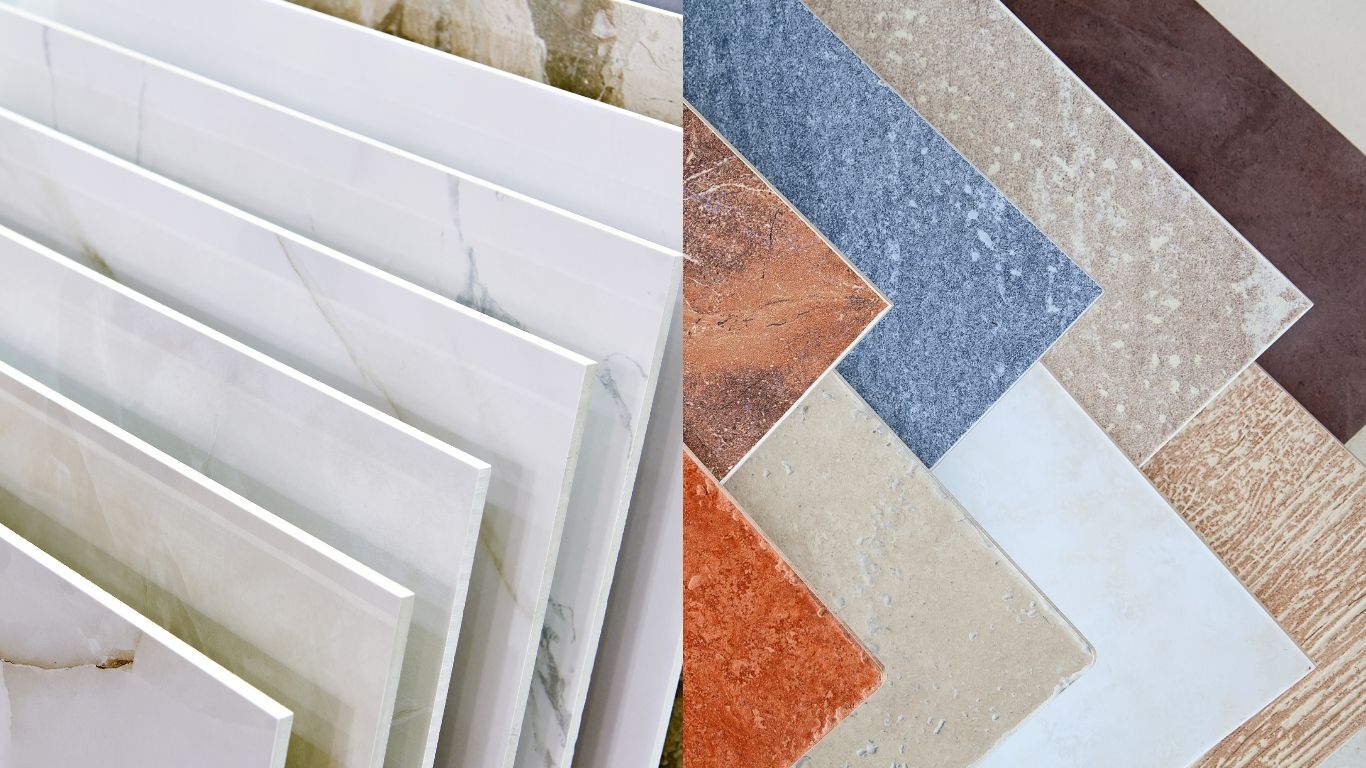FREE SHIPPING On Bathroom Vanity Orders Delivered Within 100 miles of Zip Code 17403 (York, PA)

Porcelain and ceramic tiles are both popular choices for flooring and wall coverings, and while they share similarities, key differences in their composition and manufacturing process lead to distinct characteristics and ideal applications within a house.
Porcelain Tiles: Due to their superior durability, low water absorption, and resistance to wear, porcelain tiles are ideal for:
In summary, the choice between porcelain and ceramic tiles depends on the specific needs of the area in your house. For areas requiring high durability and water resistance, porcelain is the better choice. For areas with less demanding conditions or for purely decorative purposes, ceramic tiles can be a more cost-effective and easier-to-install option.